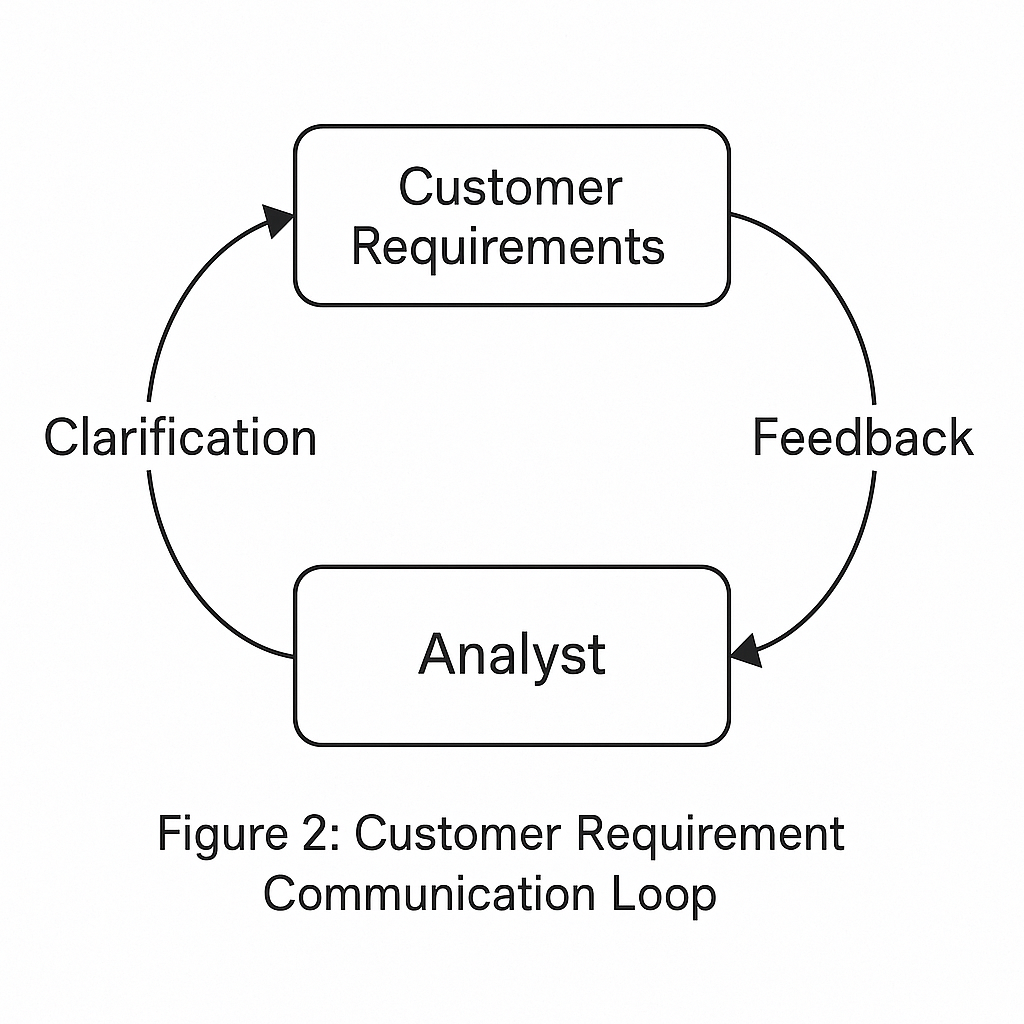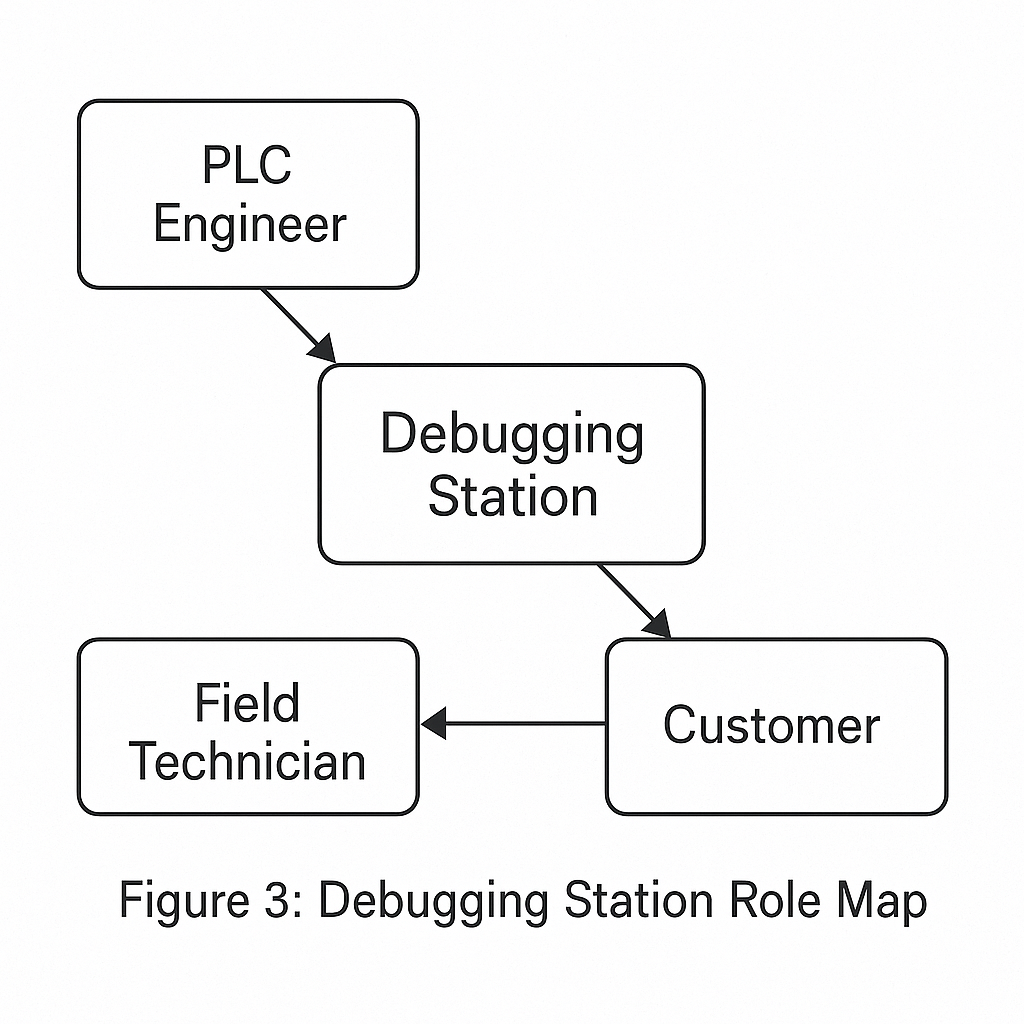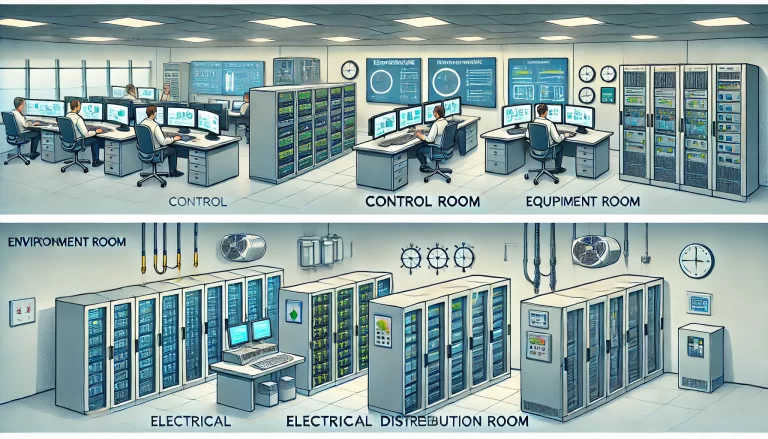Introduction The career of a PLC (Programmable Logic Controller) engineer is like a compelling drama played out at the debugging station. Each project delivery is a duel between intelligence and challenge; each debugging session is a thoughtful response to customer needs; every acceptance test marks the realization of engineering value. On this stage, we are not only executors of technology but also problem solvers and value creators.

1. Strategic Wisdom in Project Delivery
1.1 Requirement Analysis and Clear Delivery Standards The cornerstone of project delivery lies in precise and comprehensive requirement analysis. Customer requirement documents often contain vague or incomplete points. PLC engineers must engage in proactive, in-depth communication to clarify these. Beyond understanding technical needs, we must consider the customer’s operational environment, usage habits, and future scalability.
Establishing detailed delivery standards ensures the feasibility and cost-efficiency of technical implementations. From hardware selection to programming, wiring, and testing, every link can influence final delivery outcomes.
1.2 Refined Project Management and Issue Handling Project delivery requires more than just technical competence—it demands project management skills. Engineers must manage every task precisely, define responsibilities, and ensure smooth progress. Unexpected issues—such as evolving customer demands or equipment faults—demand swift analysis and problem-solving.
This ability to resolve issues calmly and effectively is a core trait of a PLC engineer, reflecting practical wisdom honed through experience.
1.3 Cross-Departmental Collaboration PLC projects often involve electrical, mechanical, and software engineering. Effective communication and teamwork across departments are crucial. During commissioning, close cooperation helps ensure smooth signal integration, logic testing, and overall system validation.

2. The “Tai Chi” Approach to Customer Requirements
2.1 Deep Understanding of True Customer Needs Customer demands often extend beyond surface-level expectations. They may include long-term usability and future upgrade needs. Customers may not always express these clearly. Engineers should take initiative—offering technical insights, simulations, and on-site surveys to help clients articulate their needs.
2.2 Flexibility in Handling Changing Requirements Customer requirements are dynamic. During project phases, needs often change. PLC engineers must be flexible and assess the technical and scheduling impact of such changes promptly, adjusting plans accordingly.
This adaptability is a testament to our value as engineers. Often, successful projects are those that navigate change gracefully.
2.3 Balancing Technology and Business Considerations Customer expectations span beyond technical performance—they include cost, time, and efficiency. PLC engineers must balance these in solution design. For example, a complex control system might need to be reconfigured to fit within the customer’s budget.
Through thoughtful trade-offs, we ensure our solutions are both technically sound and commercially viable.

3. Final Reflection: Acceptance and Value Realization
3.1 Acceptance as the Ultimate Test of Capability Acceptance is not merely a checklist—it’s the final exam of an engineer’s performance. From control accuracy to system stability, every detail must meet specifications. Engineers must address client concerns with technical confidence, demonstrating professionalism and building trust.
3.2 Continuous Improvement Through Reflection Post-acceptance, engineers should review project execution, identify areas for improvement, and document lessons learned. Every debugging session refines our skills and deepens our understanding of control logic and field systems.
3.3 Customer Satisfaction and Long-Term Partnership Successful delivery sets the foundation for long-term collaboration. High-quality output and thoughtful after-sales support win client trust and build lasting partnerships. As engineers, we grow alongside our customers—creating mutual value.

Conclusion Every task at the debugging station is a new challenge. By deeply understanding customer needs, responding with agility, and executing with professionalism, we ensure not only the success of each project but also the continuous growth of our value. Behind every well-delivered PLC project lies the story of engineers who strive, adapt, and exceed expectations.
